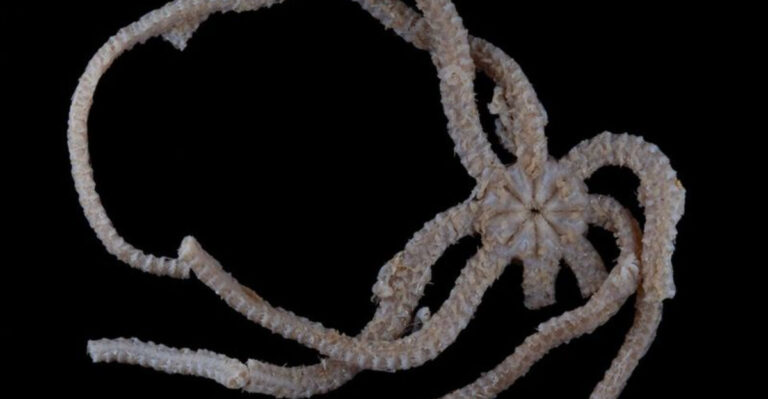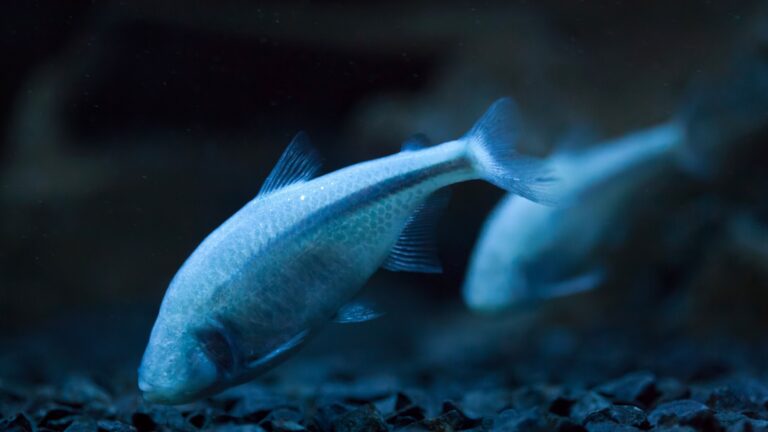15 Largest Underground Creatures On Earth
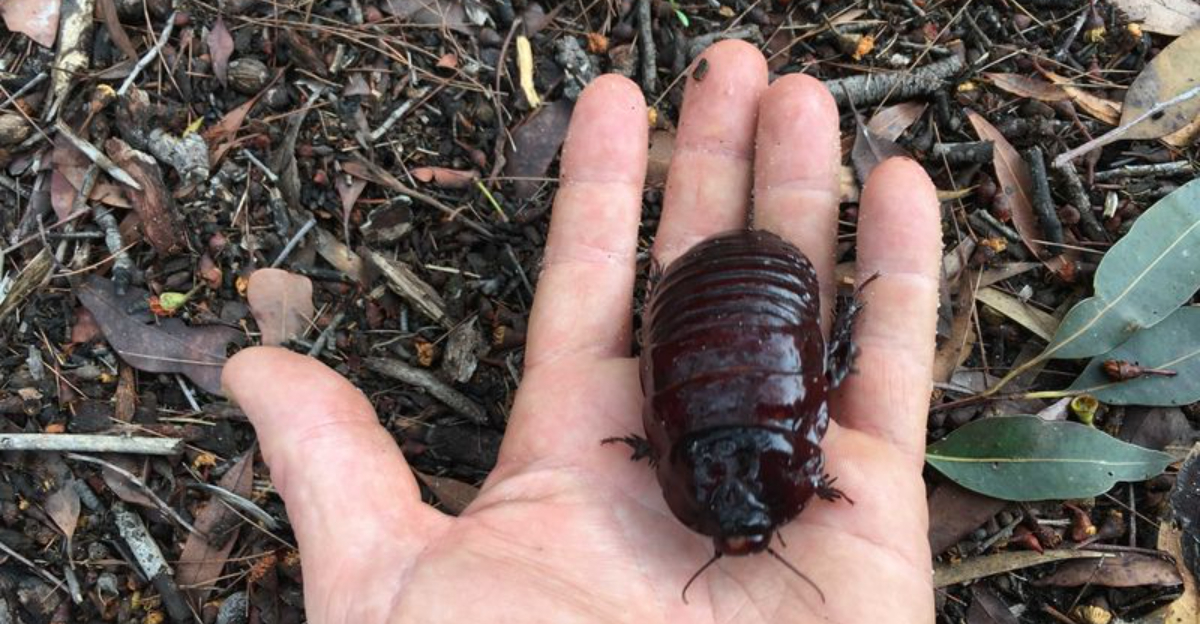
Have you ever wondered what lurks beneath our feet in the hidden realms of the underground? From gigantic worms to mysterious salamanders, the underground world is teeming with creatures that defy imagination.
Here are 15 of the largest underground residents that call the Earth their home, each with its own unique charm and quirk. Let’s dig in and unearth these fascinating beings!
1. Giant Gippsland Earthworm
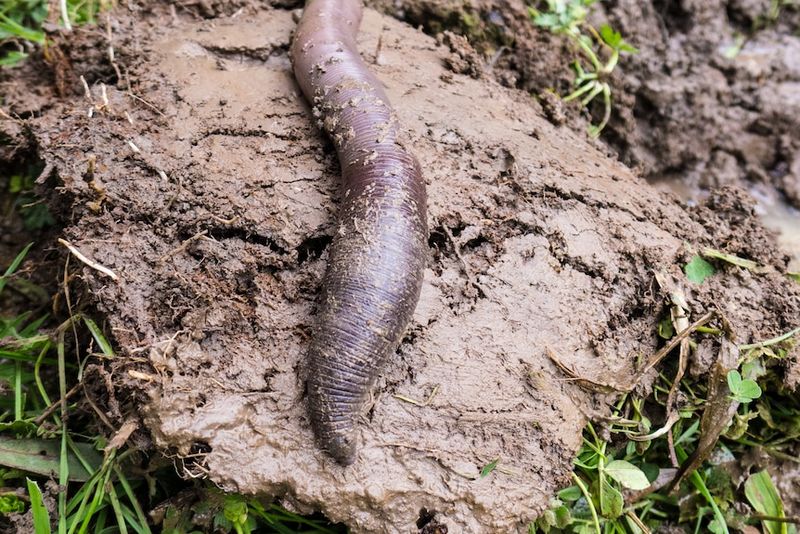
Stretching up to three meters in length, the Giant Gippsland Earthworm is a true wonder of the underground world. This colossal worm hails from Australia and moves gently through the soil, creating tunnels as it goes.
Its presence is more often heard than seen, as its movements create a gurgling sound. Unique and fascinating, it plays a vital role in aerating the soil.
2. Japanese Giant Salamander
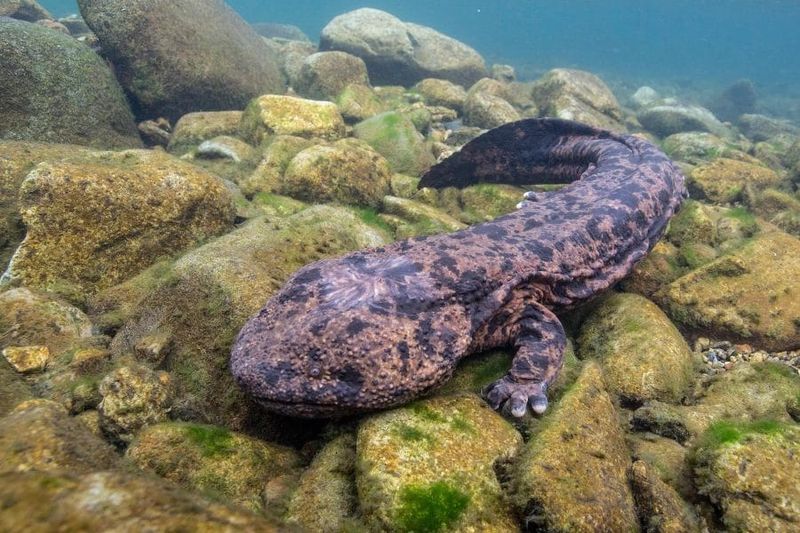
With its prehistoric look and massive size, the Japanese Giant Salamander is a master of the subterranean streams. It can grow up to 1.5 meters long and spends its life in icy mountain waters.
Slow-moving and nocturnal, it hunts by sensing vibrations in the water. Its skin is mottled to blend seamlessly into the rocky stream beds where it resides.
3. Olm
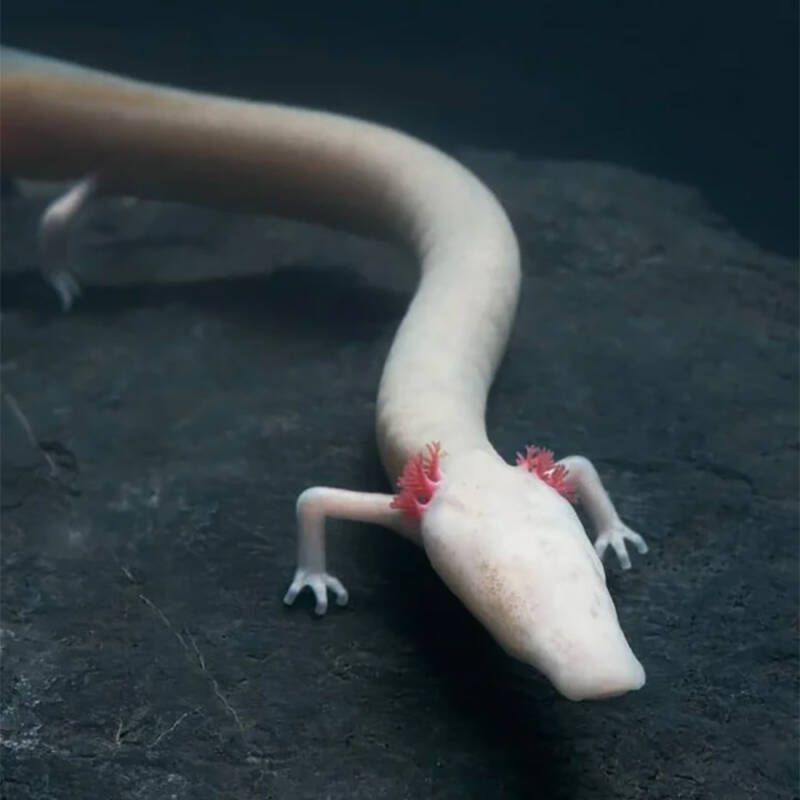
The Olm, an aquatic salamander, is a marvel of adaptation. Living in the dark caves of Europe, it has lost its skin pigmentation and eyesight, relying on other senses to navigate.
It grows up to 30 cm long and can live for over 100 years. The Olm is a symbol of mystery, thriving in the hidden waterways beneath the surface.
4. Giant Weta
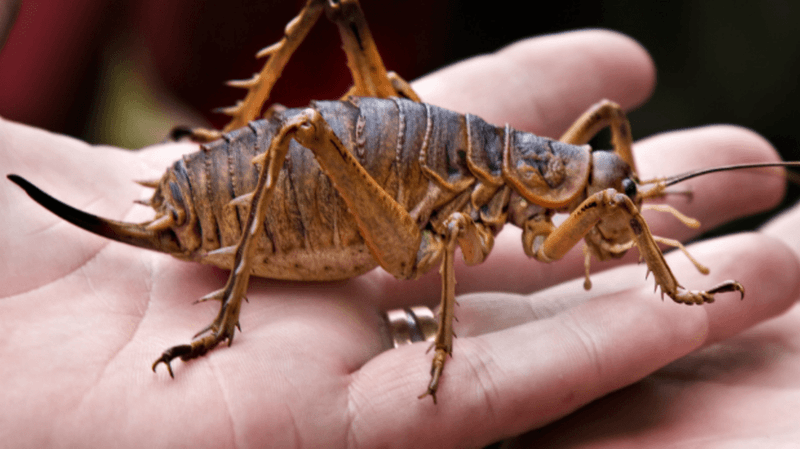
New Zealand’s Giant Weta is like a creature from a sci-fi movie. It’s one of the heaviest insects on Earth, weighing as much as a small bird.
These impressive bugs love the underground habitat, hiding in burrows to avoid predators. They’re mostly harmless to humans and play an essential role in the ecosystem by dispersing seeds and nutrients.
5. Chinese Giant Salamander

Meet the Chinese Giant Salamander, the world’s largest amphibian. Reaching lengths of 1.8 meters, it’s a gentle giant of the underground rivers in China.
Slow and stealthy, it hunts at night using its keen sense of smell. Its skin feels cool and rubbery, adapting perfectly to the aquatic life. Sadly, it’s critically endangered due to habitat loss and pollution.
6. Titanoboa
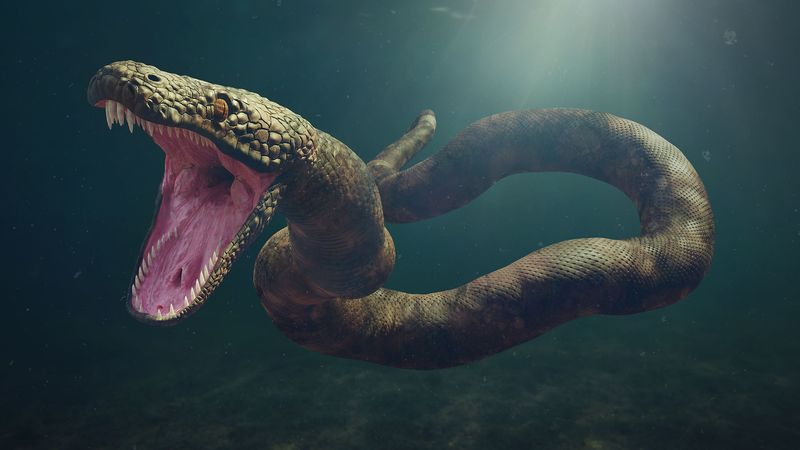
The Titanoboa is more legend than reality, an ancient beast that ruled the underground swamps millions of years ago. With lengths reaching 12 meters, this enormous snake could swallow a crocodile whole.
Though extinct, its legacy lives on in fossils. It’s a reminder of Earth’s mysterious past, where such giants roamed freely in the dense, dark jungles.
7. Giant Burrowing Cockroach
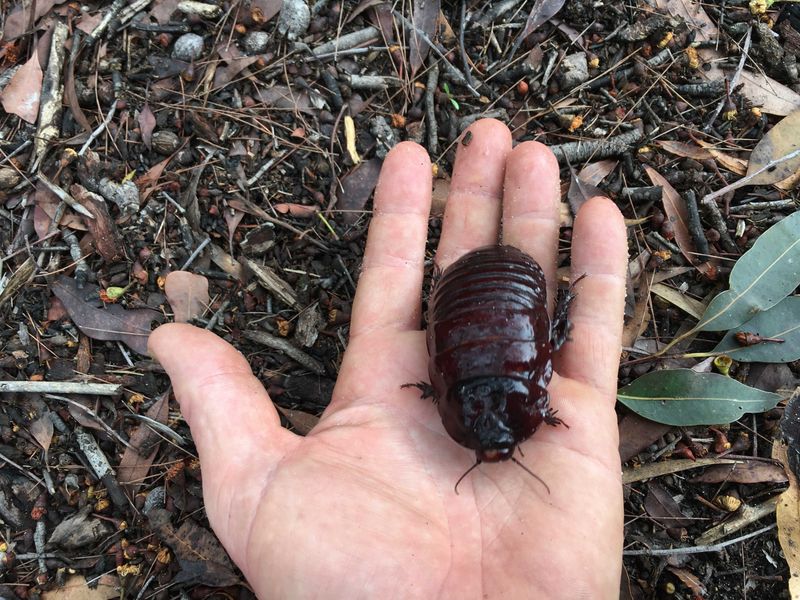
The Giant Burrowing Cockroach, despite its intimidating name, is far from frightening. Native to Australia, it’s one of the world’s heaviest cockroaches, weighing up to 30 grams.
They burrow underground, creating spacious tunnels in sandy soils. These cockroaches are surprisingly clean and contribute to the ecosystem by breaking down leaf litter and recycling nutrients.
8. Armadillo Lizard
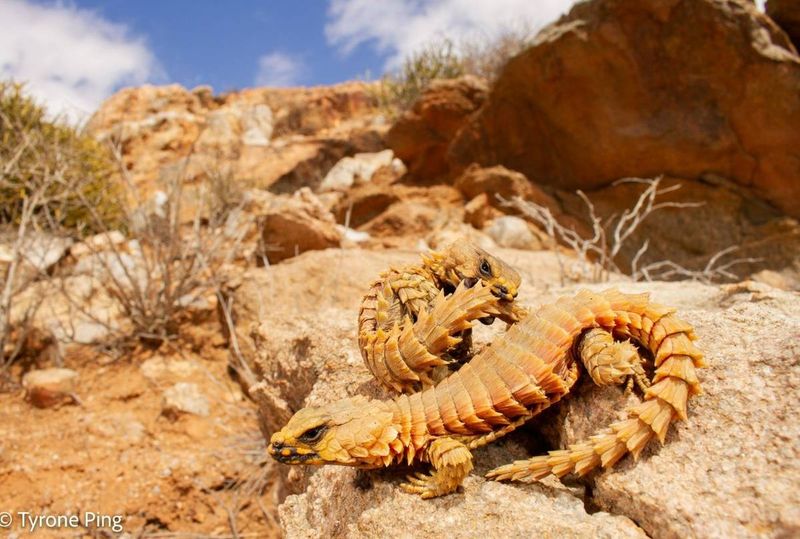
The Armadillo Lizard might be small, but it’s tough. With its spiny armor and habit of curling into a ball, it’s like a tiny dragon of the desert.
Found in South Africa, these lizards love rocky crevices and underground shelters. They have a unique social structure, often living in family groups. It’s fascinating how they puff up to deter predators.
9. New Zealand’s Canterbury Mudfish
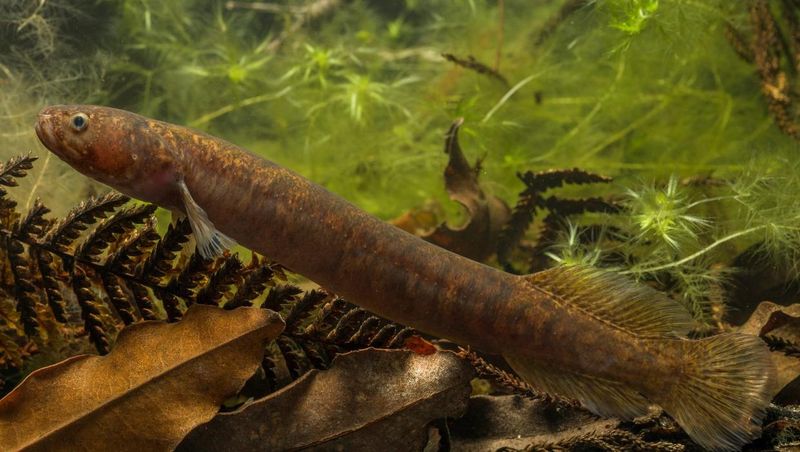
The Canterbury Mudfish is a slippery little survivor. Found in the swamps of New Zealand, it thrives where many others fail.
During dry spells, it burrows into the mud, remaining dormant until the rains return. It’s a reminder of nature’s resilience and adaptability. These fish are masters of survival, coping with seasonal changes in their watery world.
10. Giant Huntsman Spider
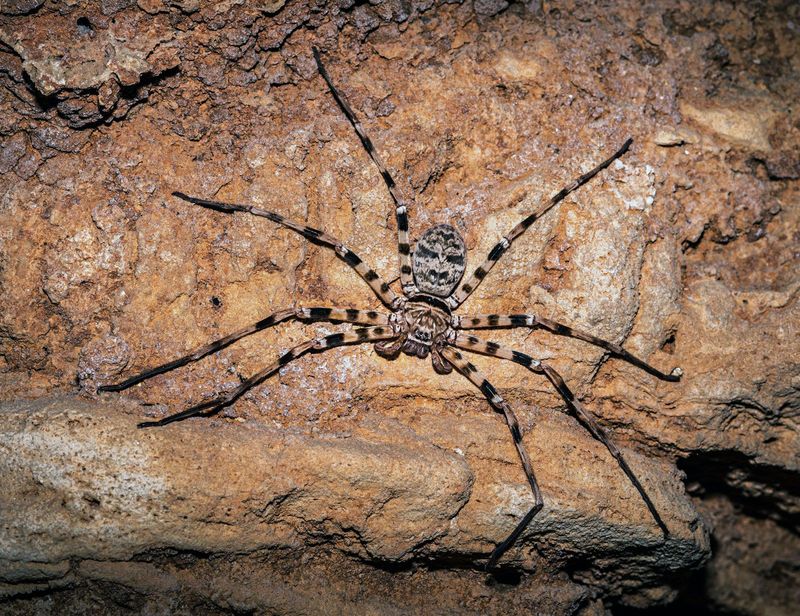
The Giant Huntsman Spider is not for the faint-hearted. With a leg span reaching up to 30 cm, it’s one of the largest spiders in the world. They thrive in the dark crevices of caves and forests in Laos.
Despite their size, they are shy and avoid humans, preferring to hunt insects at night. They’re quick, efficient, and surprisingly graceful movers.
11. Burrowing Owl
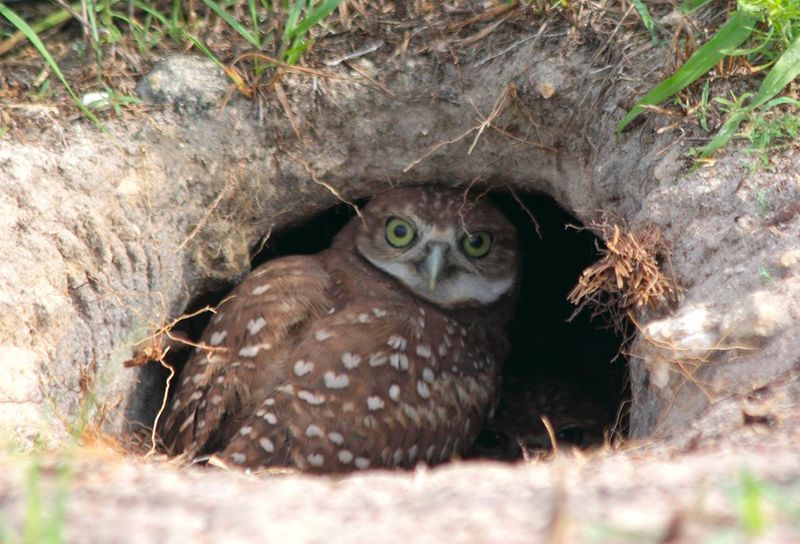
Burrowing Owls break the mold by living in the ground rather than trees. Found in the Americas, they use abandoned burrows of other animals or dig their own.
With their expressive eyes and comical movements, they’re beloved by birdwatchers. These owls hunt during the day, an unusual trait for owls, making them a delightful spectacle in open fields.
12. Naked Mole Rat

Naked Mole Rats are a marvel of the underground. These nearly blind rodents live in colonies in the African savannah. They’re eusocial, like bees, with a queen and workers.
Their wrinkly, hairless bodies adapt to a life without light, and they can survive low-oxygen environments. Known for their longevity, they’re studied for insights into aging and cancer.
13. Cave Crayfish
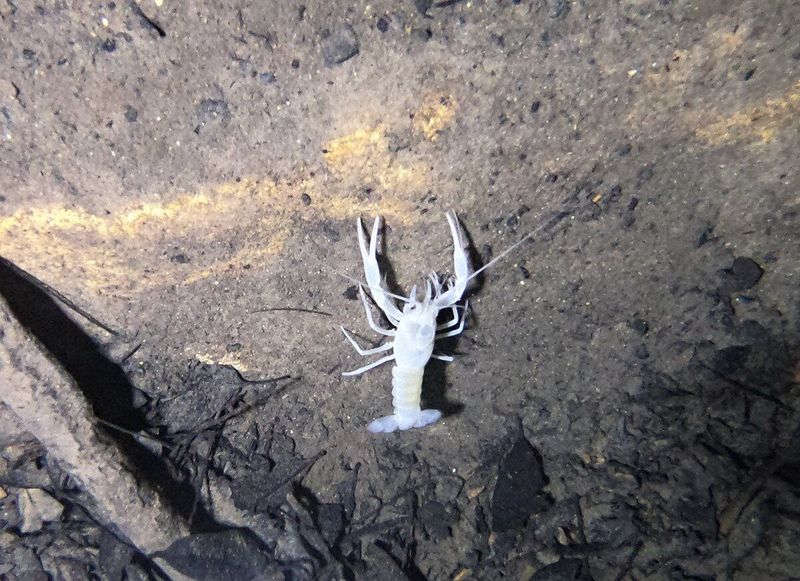
Meet the Cave Crayfish, a ghostly resident of underground streams. These crustaceans are blind and pale, perfectly suited for cave life. They use their long, sensitive feelers to explore their world.
Found in parts of the U.S., they’re rarely seen by humans but play essential roles in the cave ecosystem. Their patience and adaptability are truly inspiring.
14. Giant Centipede
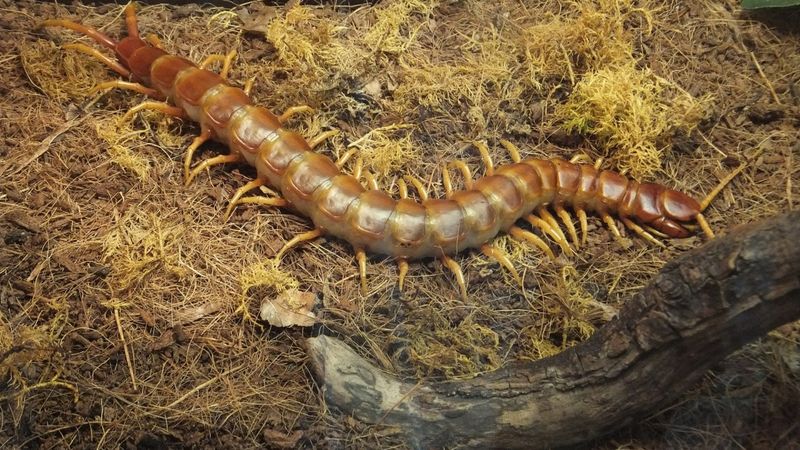
The Giant Centipede is a formidable predator of the underground, with a bite that can subdue even small mammals. Found in warm climates worldwide, they’re equipped with venomous fangs and numerous legs for swift movement.
They lurk in the soil, hunting insects and small animals. Their presence is crucial in controlling pest populations, showcasing nature’s balance.
15. Tasmanian Giant Freshwater Crayfish

Tasmania is home to the world’s largest freshwater crayfish. These crustaceans can grow up to 80 cm and weigh 6 kg. They inhabit cool, clear rivers, where they feed on detritus.
Known locally as ‘lobsters,’ they’re a protected species due to overfishing. Their ancient lineage and impressive size make them a natural wonder of the Australian wilderness.




